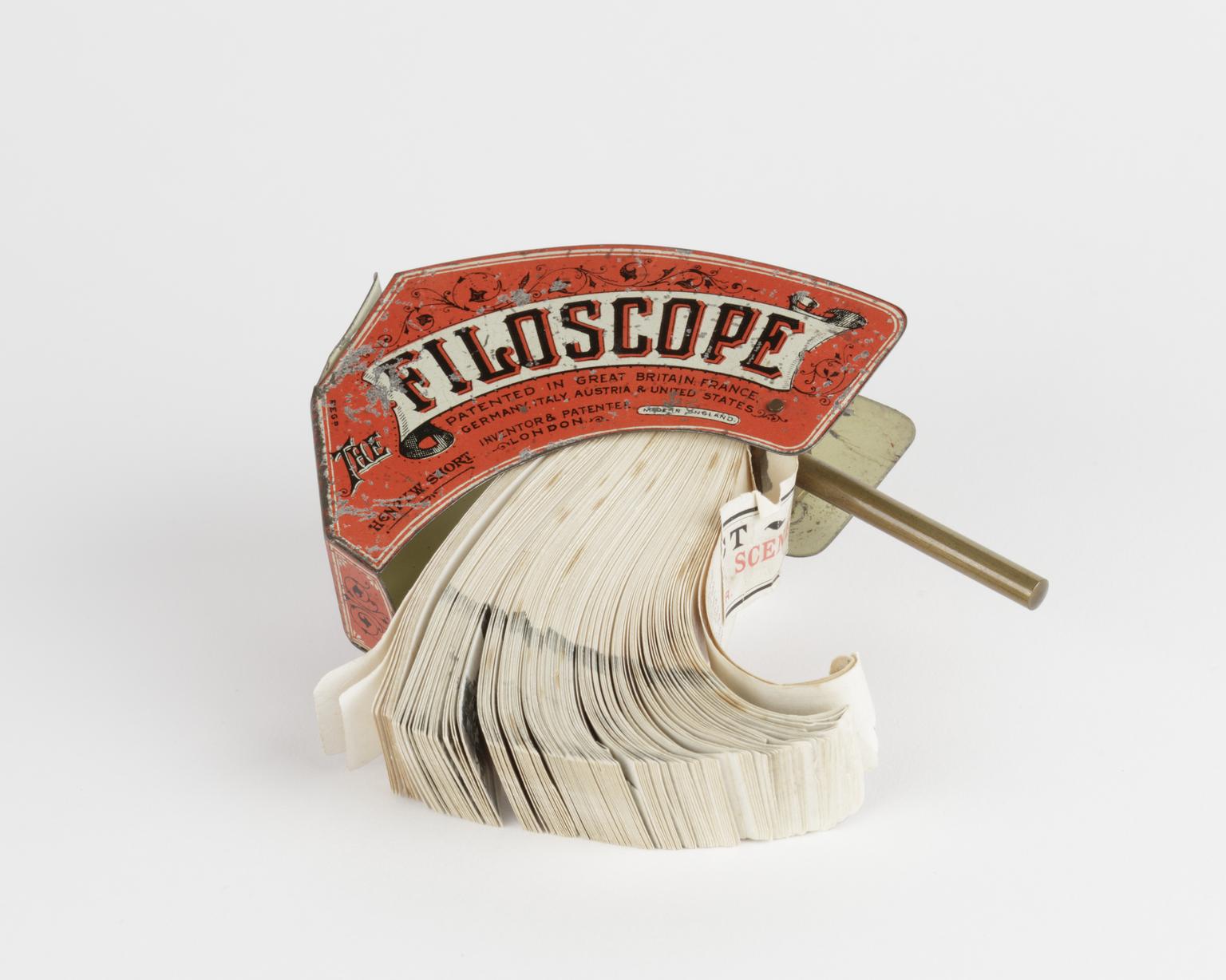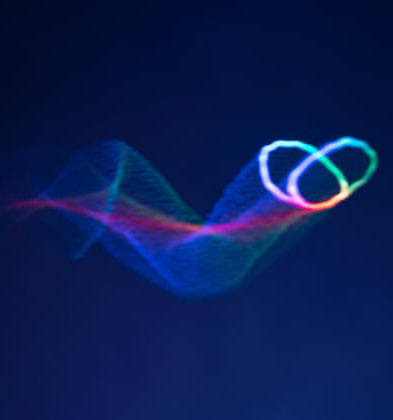If I were to ask you to think of Princess Leia’s most iconic scenes in the Star Wars film franchise, I would forgive you for first thinking of the golden bikini scene. Another of her equally striking moments was when she appears as a hologram, desperately asking for aid: “Help me, Obi-Wan Kenobi. You’re my only hope.”
For many young viewers, this ethereal, flickering apparition was their first glimpse of a moving hologram, and it unknowingly set off an unsatiable appetite to make them a reality. Over 40 years after the release of Star Wars: A New Hope, technological advances have finally made moving holograms a reality. Amazingly, they are made using ultrasound.
At the time that Star Wars: A New Hope was made, stationary holograms had already been developed. Invented in 1948 by a Hungarian scientist called Dennis Gabor, these 3D floating images were made using lasers. Unfortunately, these images were unable to move, simply capturing a static image much like a photo. Of course, this would not satisfy the appetites of Star Wars fans, who craved the moving, talking projections seen in the films.
The new technology, developed by Ryuji Hirayama and his team at the University of Sussex in the UK, can project a 3D hologram that can move, talk, and even be felt using ultrasound. This sensory feedback is what makes this particular technology so exciting. Through the manipulation of the ultrasound, tactile vibrations are created which we can feel when close to the hologram. Equally, because sound is produced when an object vibrates, these vibrations also produce sound, which means that the talking holograms seen in the Star Wars films are now possible.
The hologram is made using a small polystyrene ball, LED lights, and 512 small speakers that emit ultrasound. Amazingly, the ultrasound makes the polystyrene ball float (literally in mid-air!) and controls its exact position. By manipulating the ultrasound, the polystyrene ball moves, tracing out a specific 3D shape. This happens so fast it creates an illusion of a completed 3D image, seen to us as a hologram. The path of the ball is illuminated by LED lights, allowing us to see the pattern the ball is making.
The important thing here is speed. For the image to appear as a complete 3D hologram, the shape must be traced out in full, in less than 0.1 seconds. That is literally faster than the blink of an eye.
This technology uses a well-known method to make it seem like the hologram is moving. Because the ultrasound controls the precise 3D trace of the polystyrene ball, this 3D trace can be gradually changed, giving the illusion of a moving hologram. This illusion can be compared to that created by an animation flipbook.

Usually, these small books contain a continuing series of drawings or images that show a gradual, ever-changing story. When the pages are flipped in rapid succession, the pictures animate a scene and create the illusion of movement.
To give you an idea of the technology’s capabilities, watch the video below to see a hologram of a butterfly flapping its wings.
Although this technology is still in its infancy, we can’t help but dream of what the future could hold. Did I hear someone say holodeck?


This gave me a really great idea, thank you!